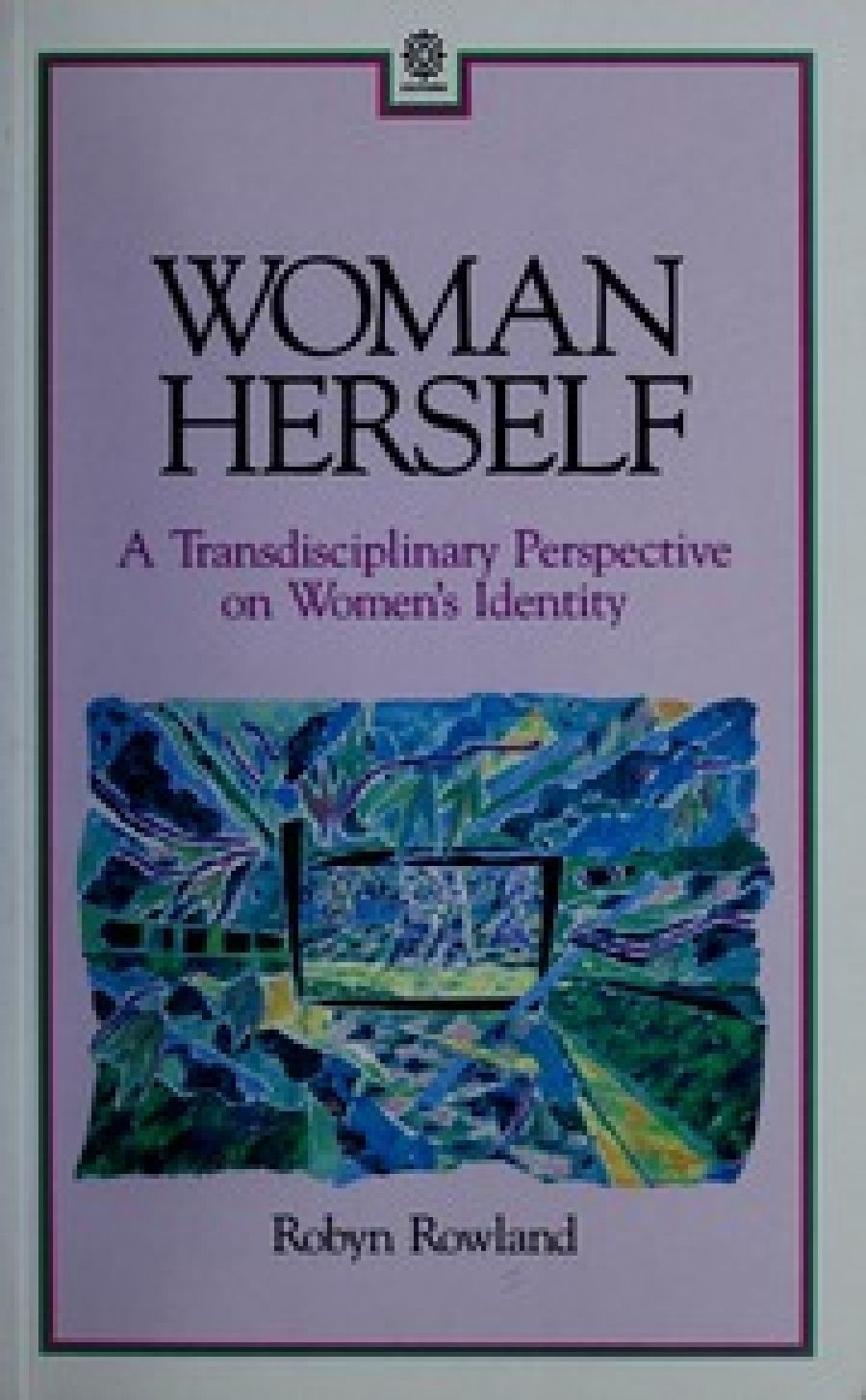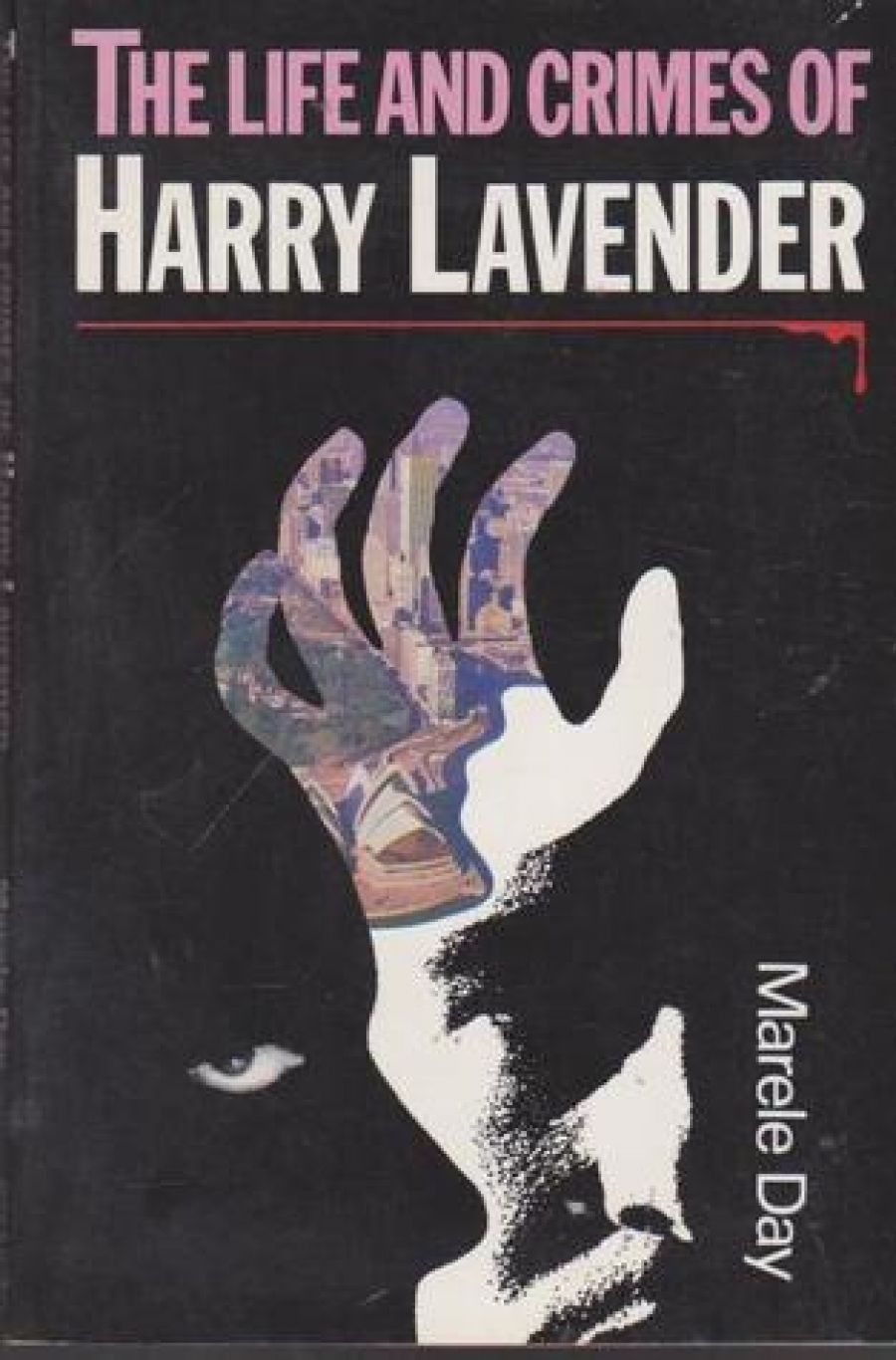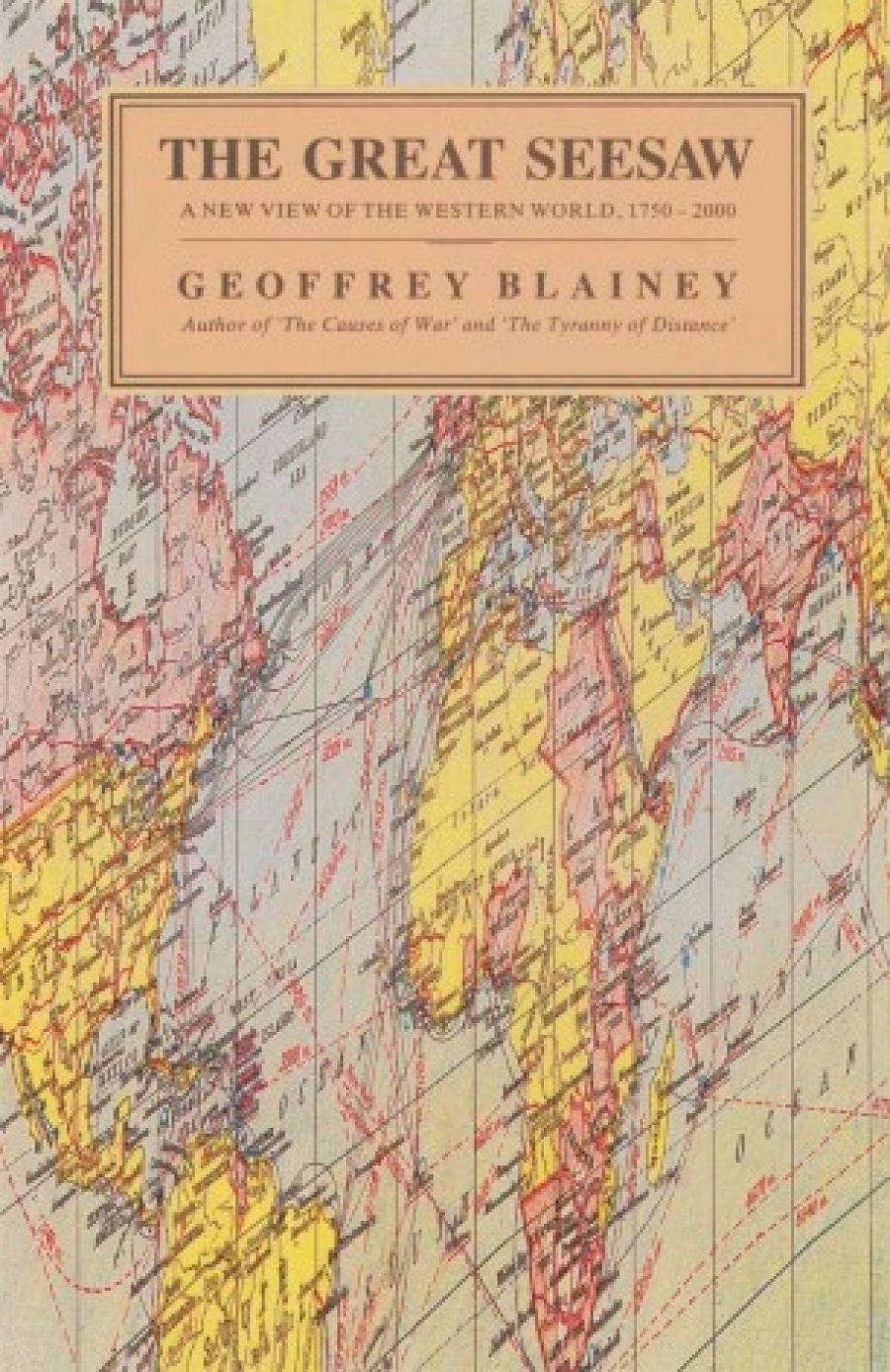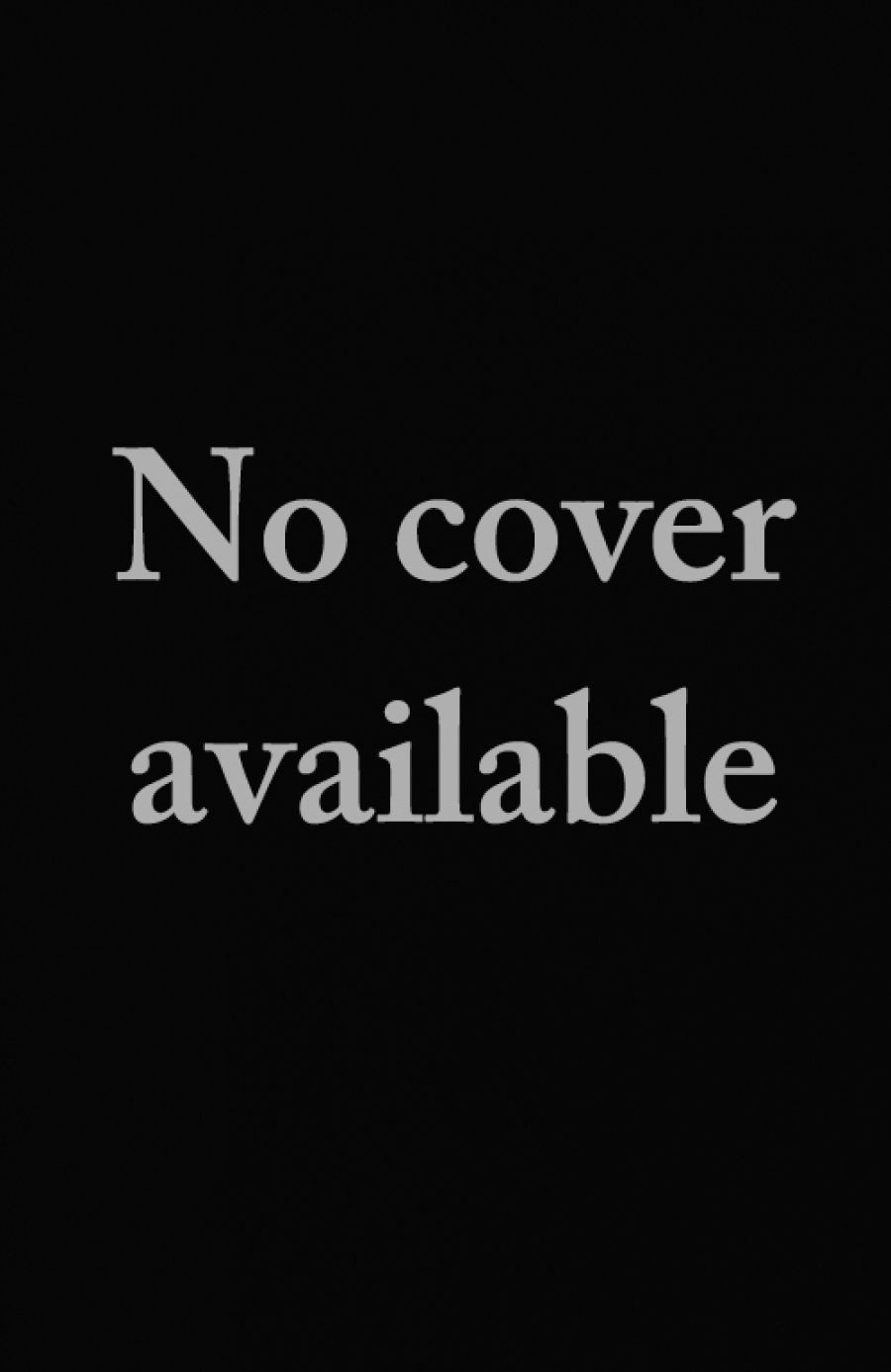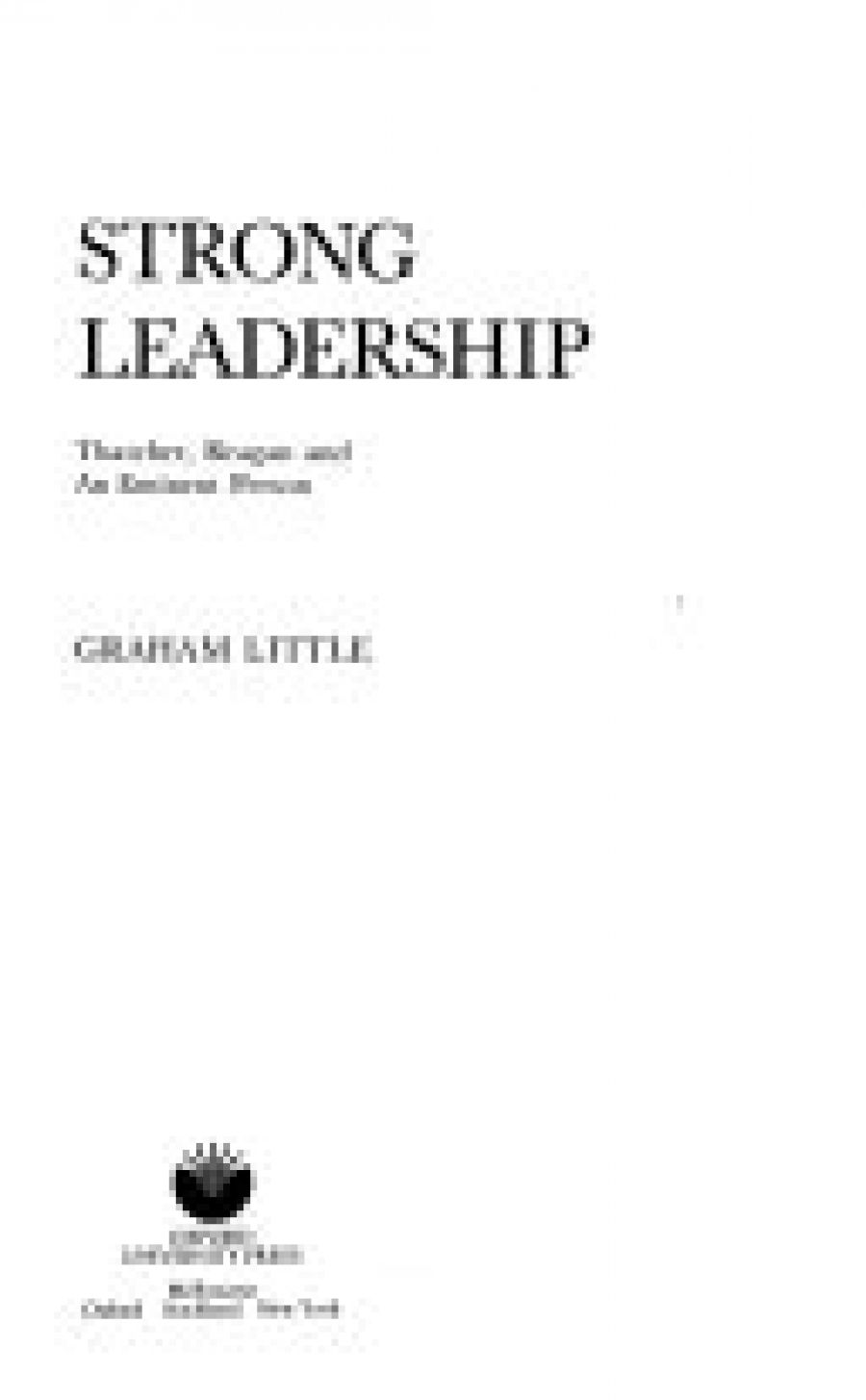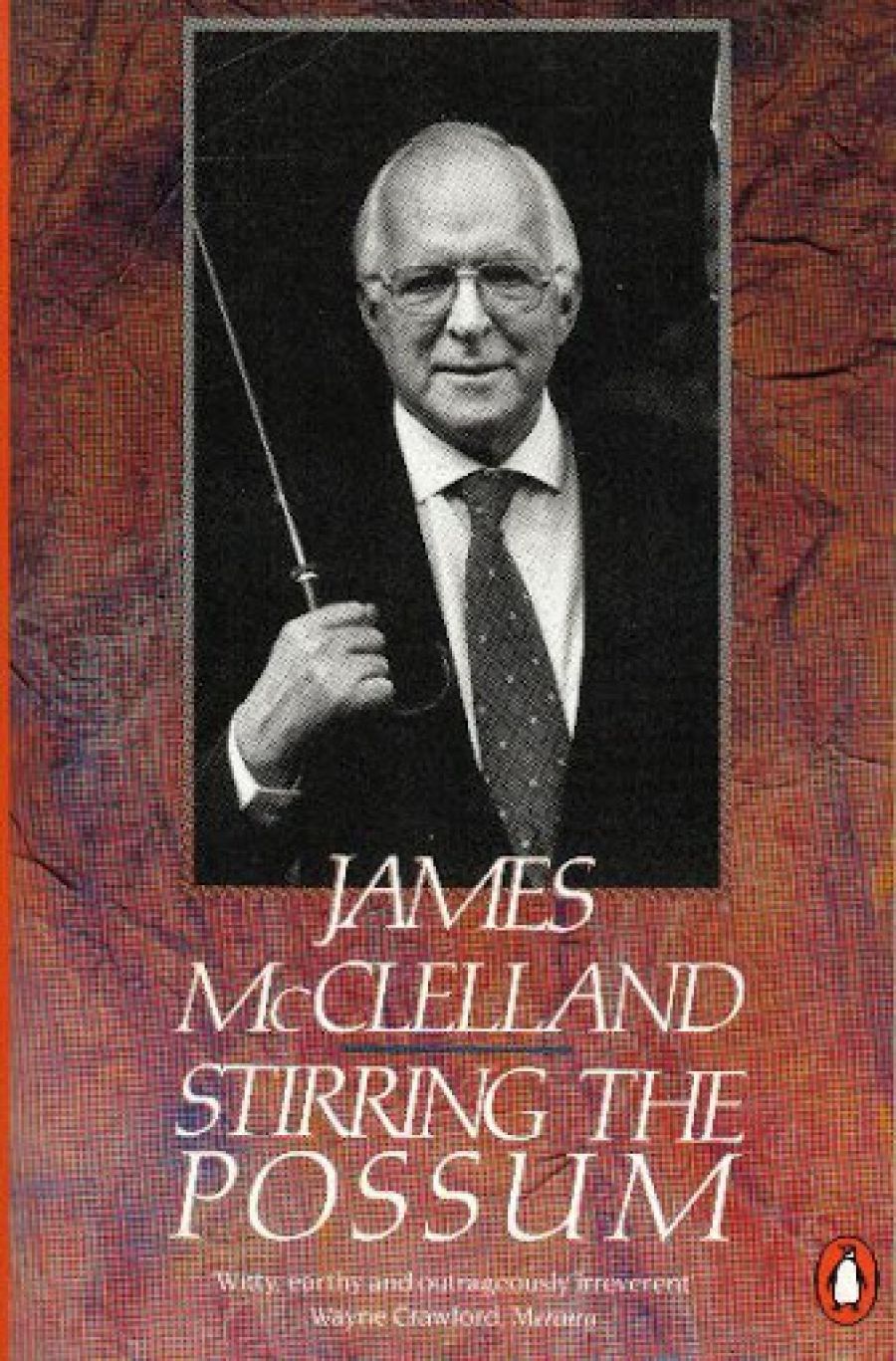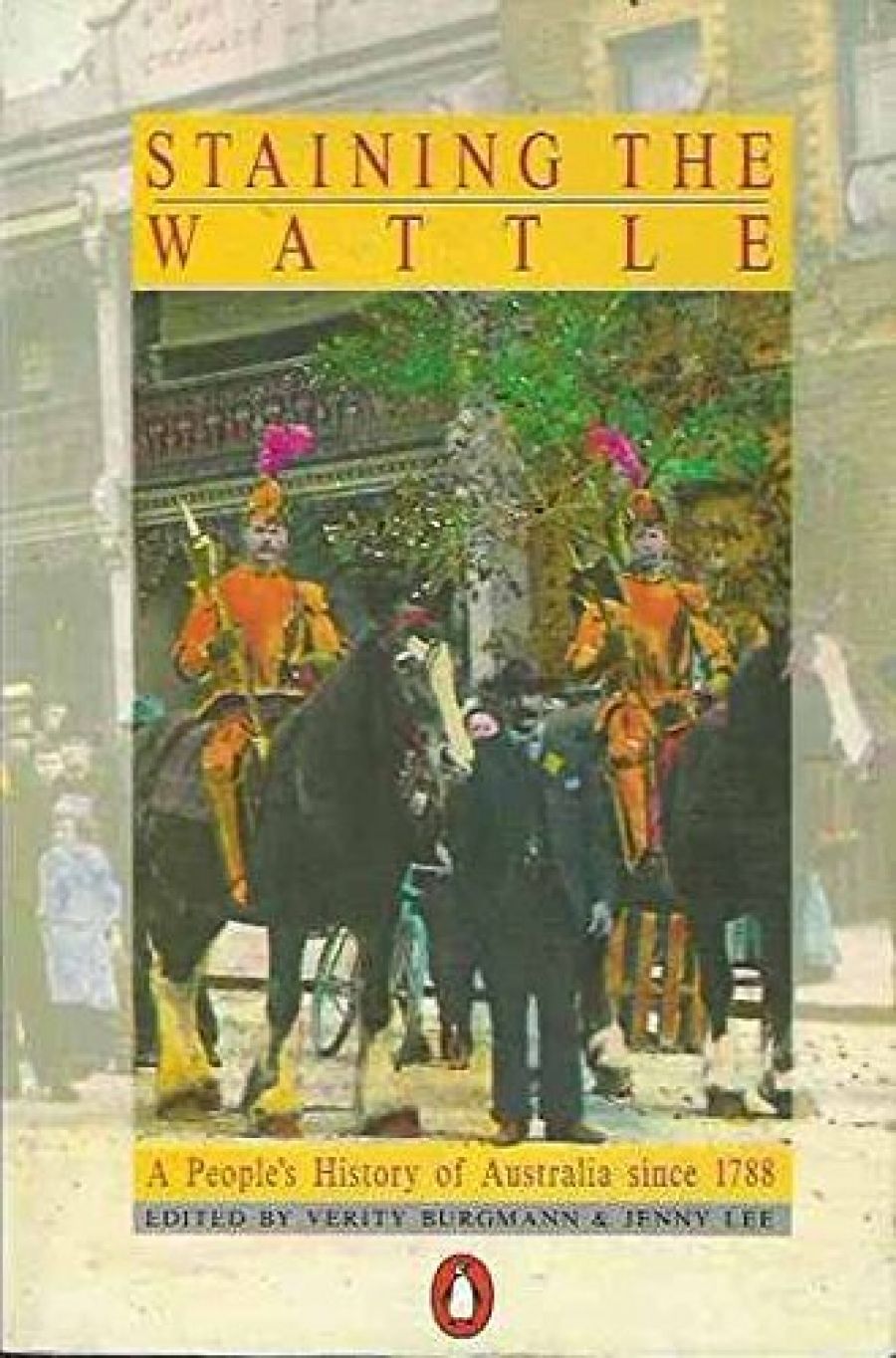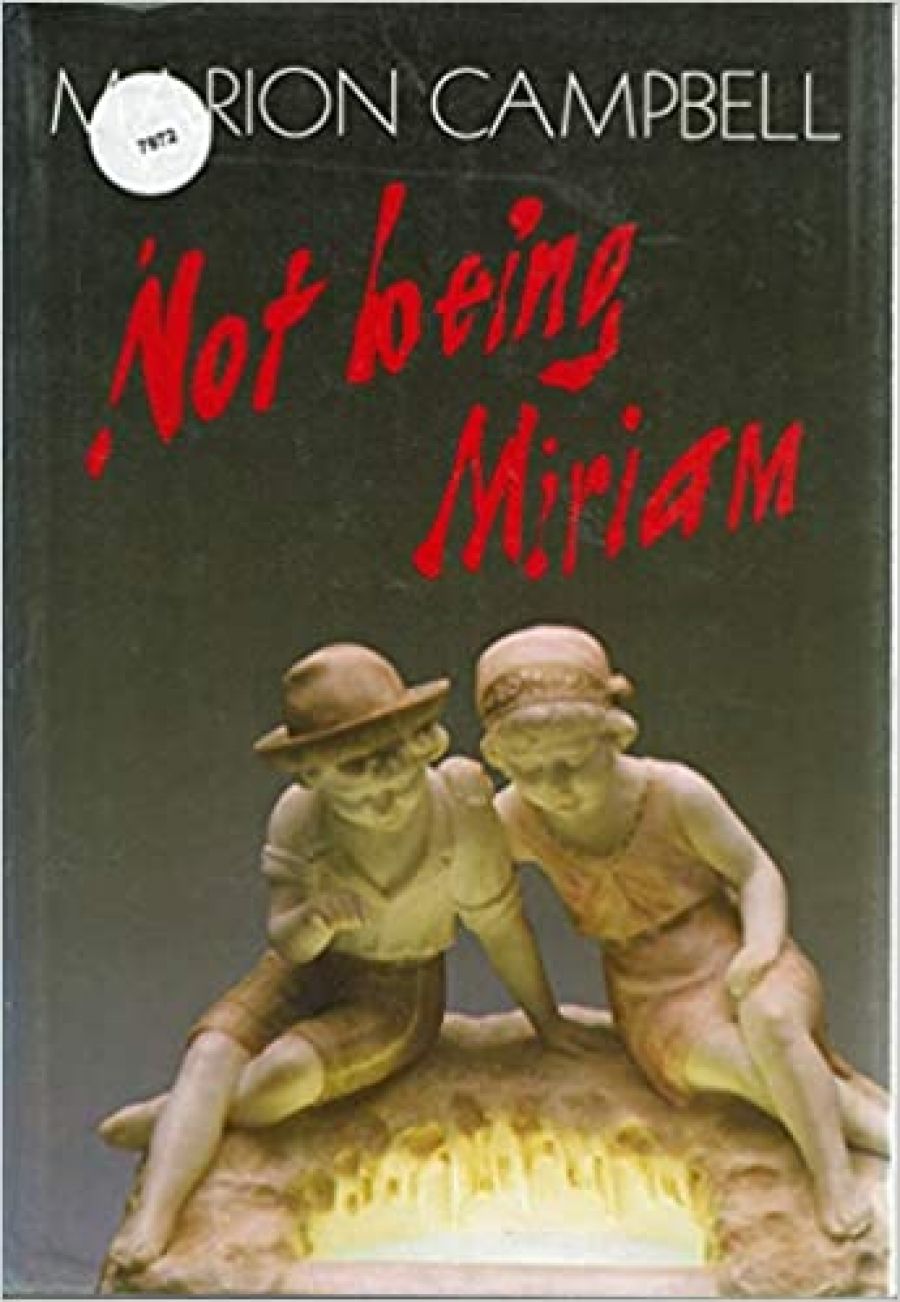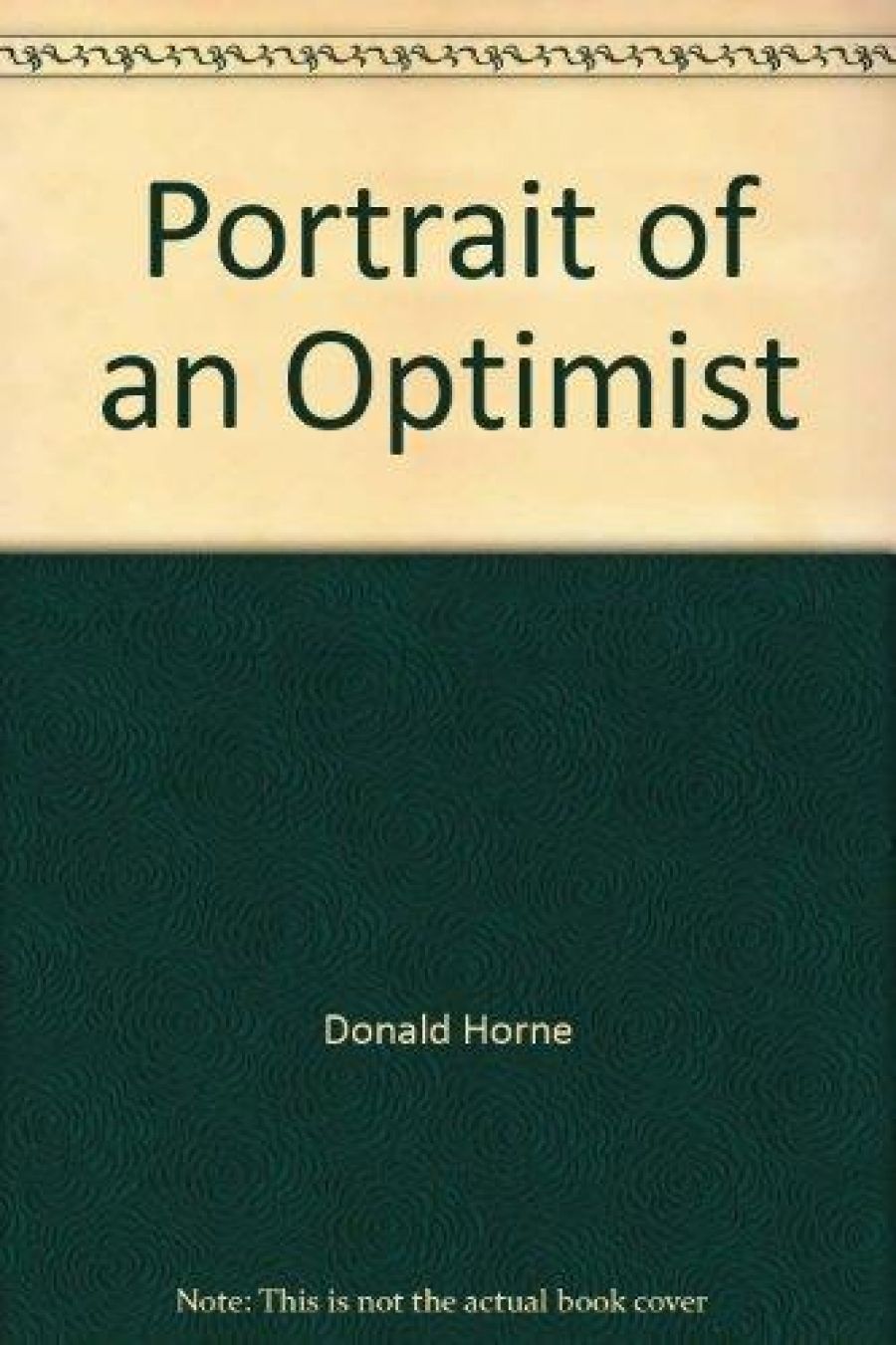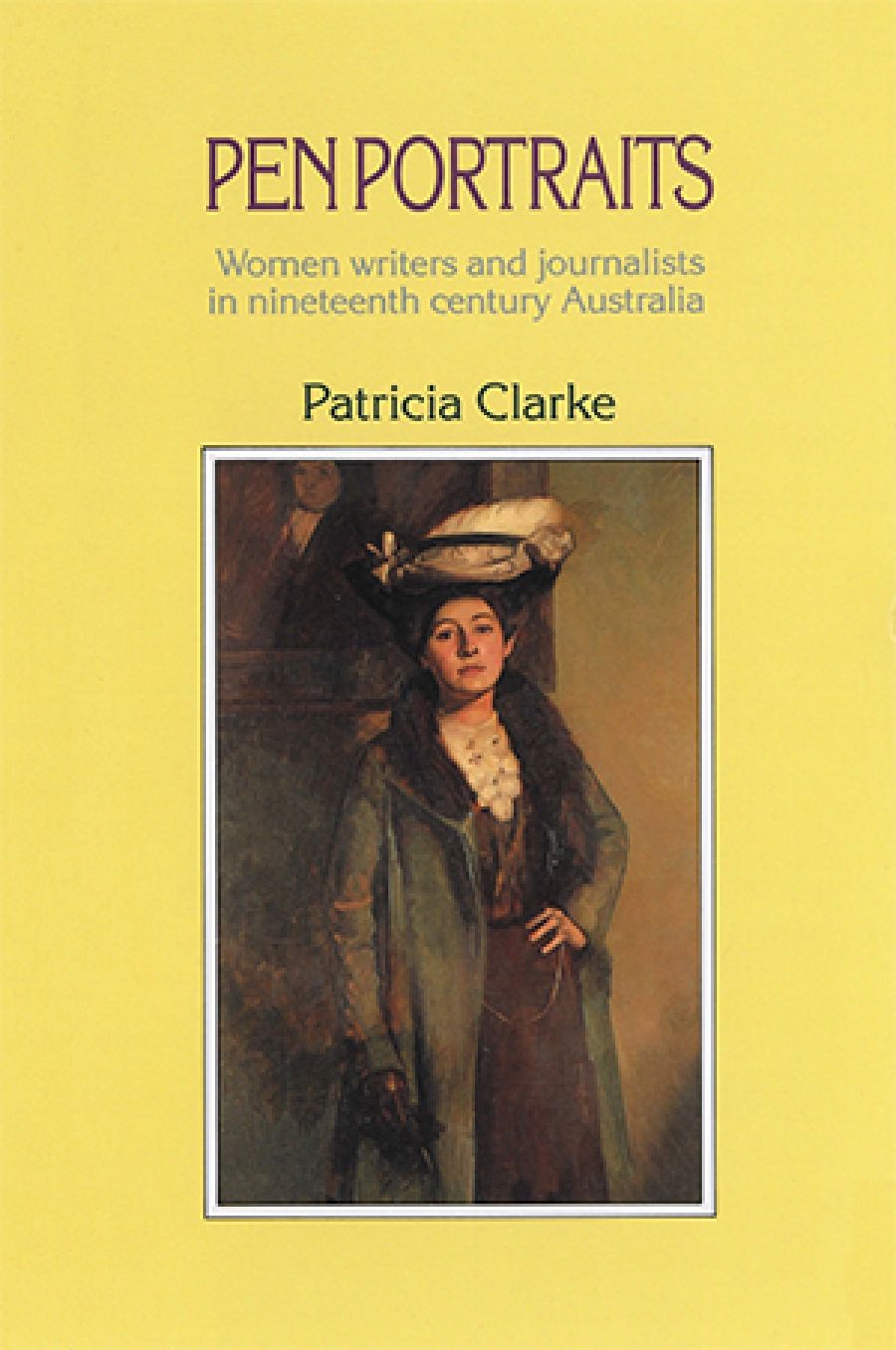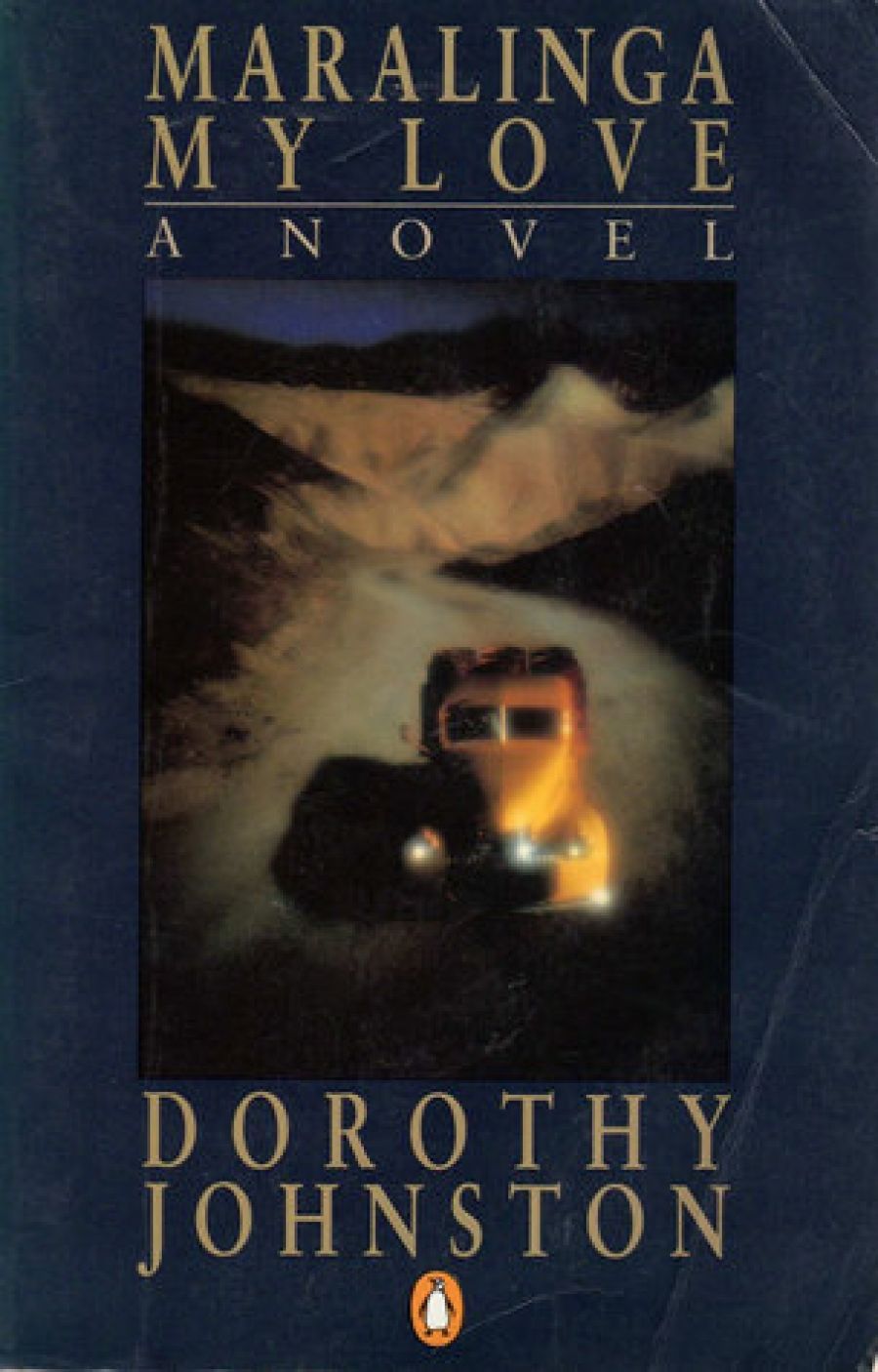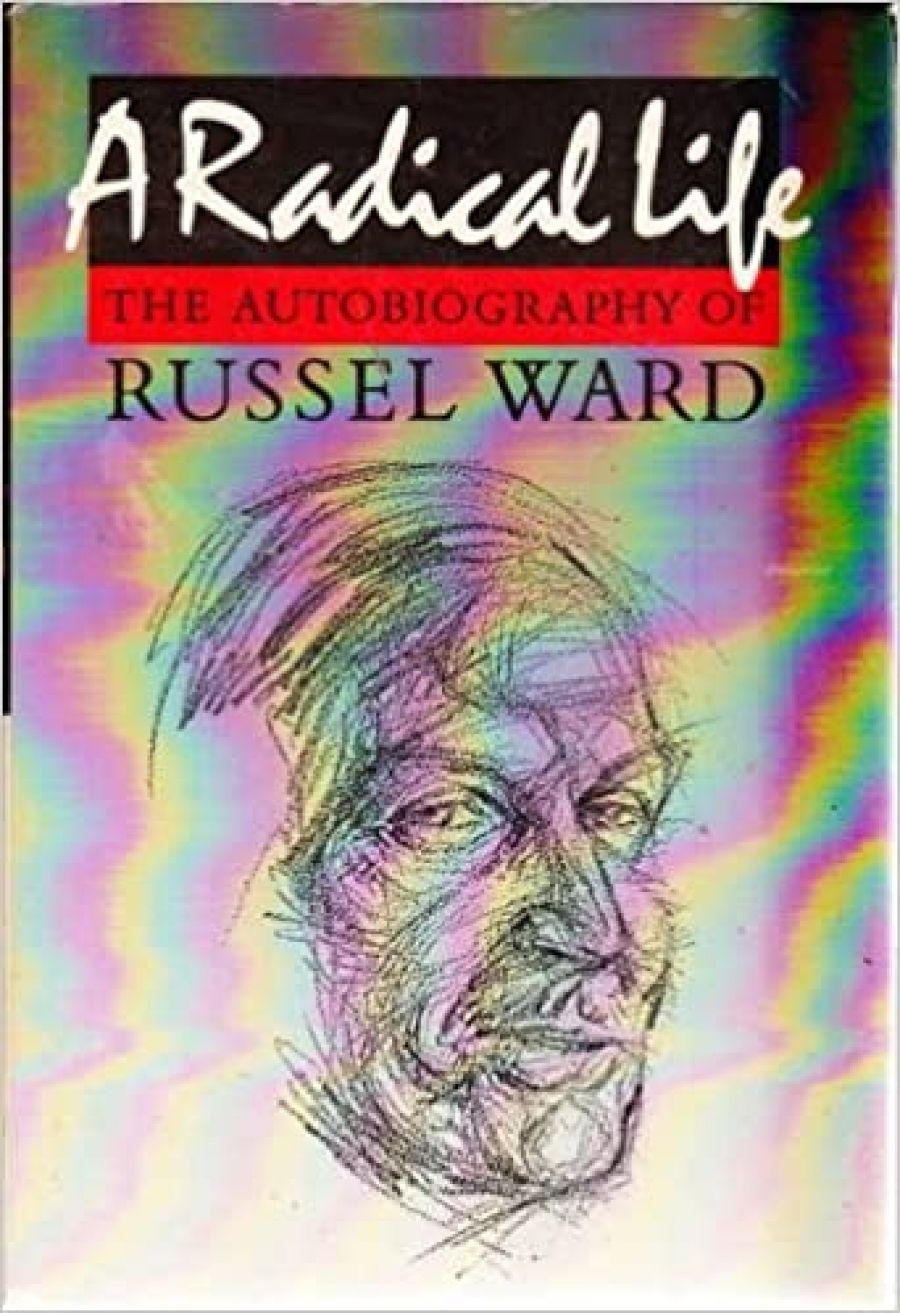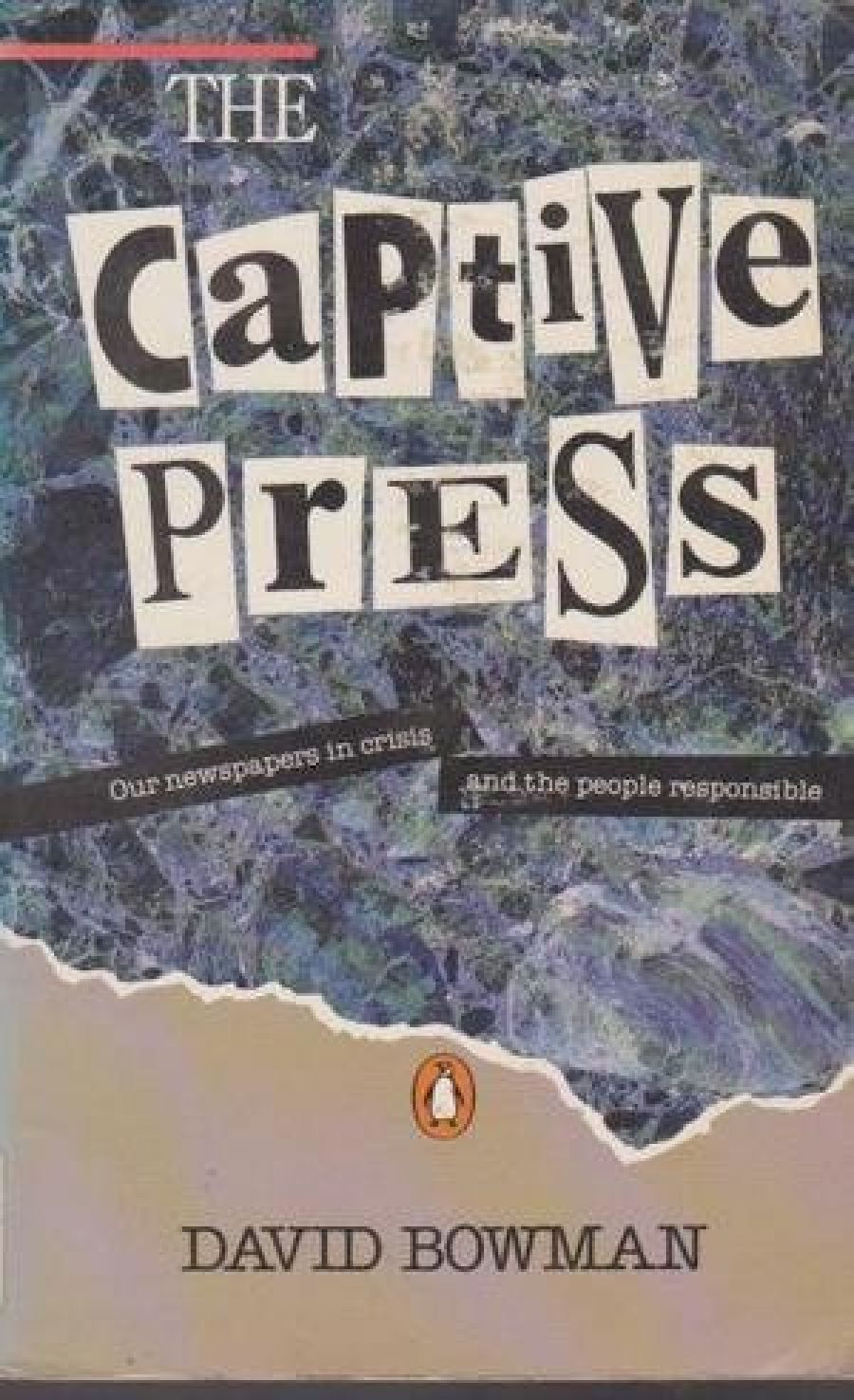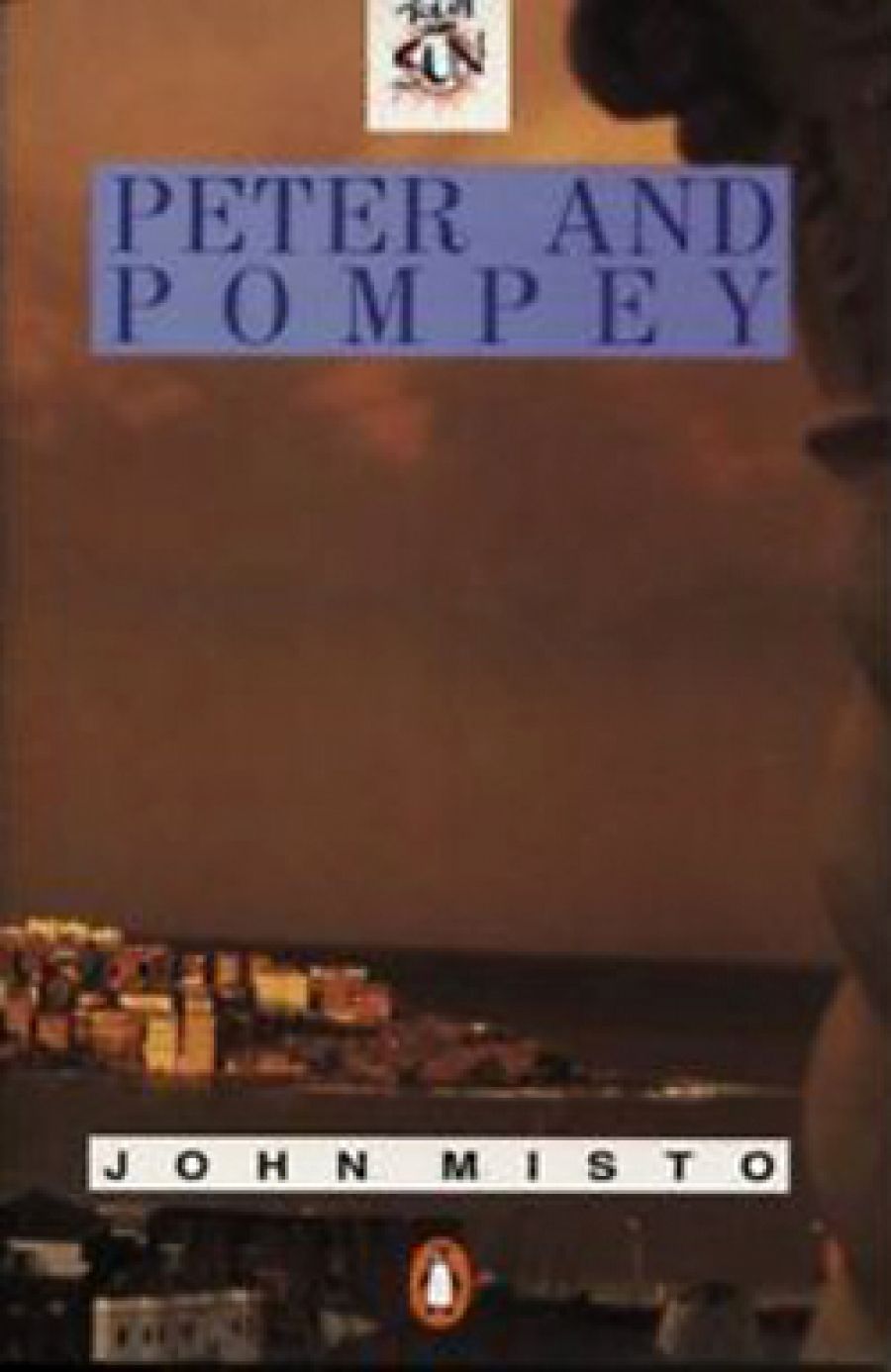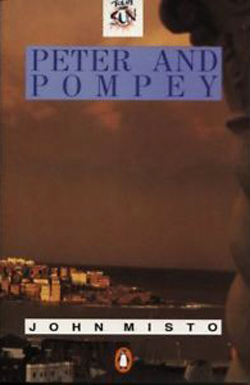Dear Editor
Thank you for publishing Susan Ryan’s provocative and concisely argued lecture, ‘Freedom to Write’ (ABR, October 1988). However, there is one assertion that I would seriously dispute, namely that ‘we have in Australia a healthy publishing industry ... which allows the genuine, talented and committed writer to appear in print’. This is nonsense.
Take this genuine, talented, and committed writer, for example. For more than thirty-two years my books have been rejected by every publisher in Australia (including on at least two occasions – one of them quite recently – Susan Ryan’s former firm, Penguin Books). No publisher doubted my abilities, but the excuses were always the same: ‘Too unusual’ and/or ‘Too Australian’.
Finally, despairing of ever finding a healthy publisher, I decided to take the drastic step of publishing myself.
Everyone’s confidence in my genuine talent was immediately justified. My books were acclaimed with choruses of enthusiastic, fullthroated hosannas from the critics of every major newspaper in the land (except significantly The Australian, which has never so much as mentioned a single one of my efforts).
I then discovered what the publishers meant by ‘too unusual’. I had unwittingly mastered a style and genre not currently in favour within the sycophantic groves of Academe. As a result, my books were rejected by the buyers of all the trendy and so-called independent bookshops. I don’t blame them, for their readers are the darlings of the hollow automaton set, programmed to imbibe only the faddish and fashionable.
The general bookshops and the chains are of course a hopeless barrier because of their commitments to the overseas blockbusters and their insistence upon terms guaranteed to impoverish the most hopeful publisher.
Wake up, Susan! Unless a book is ideologically and generically acceptable to the academic establishment, its commercial prospects are limited. Tom Howard survives because of the enthusiasm and unstinting support of library buyers and suppliers. But not all novels are naturals for the public library system. Very few, in fact. What of all these other books – potential and published – that have the bad luck to fall between the two idols of academic approval and mass-market acceptance?
A healthy publishing industry, Susan? I could do no worse with a sick one.
Tom Howard
Dear Editor,
I write to congratulate you on publishing Carole Ferrier’s review ‘Problems in feminist criticism’ (ABR, September 1988). It is a relief to hear a voice informed by both history and personal experience amid the born-again excitement current about Australian women’s writing.
Carole Ferrier has, for well over a decade, been an influential pioneering figure in Australian feminist literary criticism, tirelessly, and in the face of patriarchal rudeness and silence, promoting the publication of material both by and about women. Perhaps only another editor could appreciate the extent of the task that Carole undertook when she founded the biennial journal, Hecate: an interdisciplinary journal of women’s liberation in 1975. Through Hecate, which she continues to produce, she, and Hecate’s assistant-editor Bronwen Levy, have fostered both creative and critical writing by women, and about women writers. Moreover, Carole has produced other collections of women’s writing as well, the more recent including her collection of critical essays Gender, Politics and Fiction (University of Queensland Press, 1985) and her edition of Jean Devanny’s autobiography Point of Departure (University of Queensland Press 1986).
She has, then, good grounds for objecting to Dale Spender’s ‘claims ... to pioneering ingenuity and originality’ (ABR, 104, p 24), particularly when those claims ignore all of Carole Ferrier’s work, and that of others too.
To say this is not, and I repeat not, to object to the appearance of a new range of reprints of Australian women writers by Pandora Press and by Penguin. Nor is it to object to the appearance of critical essays on Australian women writers by Australian women. On the contrary. It can be nothing but a source of pleasure to see so many women, including younger scholars, engaged in reshaping the critical orthodoxies of Australian literature. Similarly, and I’m sure Carole would agree, there is good reason to be excited about the republication of works by Australian women writers that have, for decades now, been available only in rare book collections in libraries. Perhaps at least some of these works will, at last, appear on reading lists in schools, colleges of advanced education and universities.
But if they do, it will not be because Dale Spender as pioneering discoverer has stormed previously impenetrable barricades. Rather, it will be because those barricades have been being white-anted for well over a decade by Australian feminist scholars and writers, among them Carole Ferrier and Delys Bird, Lucy Frost, Susan Gardner, Sneja Gunew, Susan Hampton, Bronwen Levy, Jill Llewellyn, Drusilla Modjeska, Susan Sheridan, Shirley Walker and Elizabeth Wehby – to name only those who spring immediately to (my) mind.
If Dale Spender could acknowledge that she is building stilts upon other feminists’ shoulders, then those feminists would be far less inclined to shrug their shoulders at her claims.
Susan Magarey, Editor, Australian Feminist Studies
Dear Editor,
I would like to reply to the two responses to Beyond the Echo contained in this edition of ABR. first, I’m very glad that Amirah Inglis found pleasure in many of the writers included in Beyond the Echo though sorry that she also found our introduction ‘ugly and excluding’. It is worth remembering that the same team who wrote this document also selected the anthology, a difficult task whose working assumptions we felt we had to explain. Let me try to clarify further.
No, these writers haven’t ‘been excluded from mainstream anthologies because the editors judged them not good enough’. Rather it is because the existence and work of many were simply not known, or, were judged by the wrong criteria. By wrong criteria is meant the common move that anything emanating from people with explicitly non Anglo/Celtic names is often read as confession – the simple story of my life. It is, in other words, not accorded the status of writing, that is, knowledge of linguistic and literary conventions and the conscious manipulation of both. Such writing has been enthusiastically quarried by historians looking for the authenticity that is supposedly offered by first-person accounts or by sociologists seeking telling details concerning the ‘migrant problem’. In other words, these writers are not perceived as having an automatic place in the nation’s literature. Even this review expressed the concern that much of this writing did not ‘offer a tangible, realistic migrant world’.
Finally, the reviewer describes herself as an ‘old-fashioned modernist’ but rejects Ania Walwicz’s pieces as being unreadable because they do not abide by the usual conventions of punctuation. James Joyce and Gertrude Stein both played notorious games with punctuation but this did not prevent them from being generally regarded as foundation members of the Modenu.st movement. Once again the point here is that some of these writers are committed to experimental writing, to changing the relationship between readers and texts. Fortunately not everyone dismisses Walwicz’s work on these grounds and some would consider her to be one of the most exciting new poets in contemporary Australian writing precisely because she challenges many of our reading habits including the distinctions we make between writing and speech. Similarly we hope that this anthology will challenge many people’s perceptions of what is currently both Australian Literature and Australian women’s writing and, indeed, what kinds of writing are labelled literature in general.
My second rejoinder concerns Serge Liberman’s article. I agree with the position shared by him and Manfred Jurgensen that ultimately multiculturalism will engage the whole spectrum of Australian literature. Our differences lie in the strategies we are employing to get to this utopian state. As Dr Liberman states himself towards the end of his article, ‘ethnic writing’ should be an ‘integral part’ of any curriculum concerned with Australian literature. In other words, he himself is making a distinction between these two categories as most people still do at the moment. To put it another way, how do we recognise ‘ethnic writing’ and are we in fact saying that currently traditional Australian writing is not ethnic? The element of culture or ethnicity is a factor in all writing just as class and gender are factors.
Literature is constructed according to a rhetoric of merit, that which is ‘worthy’ and ‘unworthy’ or ‘good’ and ‘bad’ according to personal and institutional bias. We all have idiosyncratic tastes and problems only arise when this is elevated to some form of absolute judgment. What I consider to be good is so without my having to explain my criteria for selection because once I begin to give my reasons then the whole process is revealed for what it is – a relative one governed by many elements: the historical period in which it occurs, age, class, race and gender. If then we agree that literary value is to some extent a matter of fashion then it becomes possible to reverse the procedure and, instead of pretending that these choices occur in a vacuum, to actually try to analyse, consciously, the elements involved in that enterprise. Both the presences as well as the absences of certain writers are not ever accidental ones and I am merely suggesting that we become more fully and responsibly conscious of our reasons for particular inclusions and exclusions.
All anthologies are concerned with exclusions but most are rather more covert about their criteria than we were: Before what is currently termed ‘ethnic writing’, by Dr Liberman and others, becomes an integral part of Australian writing the wider public must be given some idea of what is included in this terrain. Dr Liberman must surely recall that it was only a few years ago that one was met with blank stares when the term came up. His own bibliographic work on Jewish writing in Australia has been a milestone in making this tradition a visible absence in our literature and others have laboured similarly. All of us are engaged in a strategy of making an absence visible. Even so, we have only uncovered the tip and much historical and archival work remains to be done. Yes, some ethnic groups have received this attention – those whose cultural and linguistic traditions lie in England and Ireland.
My own position is that we need to keep exploring the matter of cultural differences within the rather limited opportunities afforded by Australian publishing and that we still need the occasional anthologies which concentrate on particular and hitherto underrepresented groups. Redressing the historical imbalance is going to take a long time. Even getting this category to be recognised within our libraries and centres of research continues to be an uphill battle.
Of course, ultimately, not only will the names which make up Australian literature be different but the ways in which we read this field will also change, including the ways in which we re-read the old canon. If cultural difference becomes a recognisable category in literary interpretation (as class and gender have long been so) then we will truly have Dr Liberman’s omni-culturalism. But simply wishing it will not make it so. Only visibility (just who are these writers) and recognition of the issues involved in cultural politics will achieve this state.
Sneja Gunew
Dear Editor,
I refer to the recent Starters and Writers column in the Australian Book Review about Australian university presses. You certainly deserve full marks for parochialism: two and a half columns without mentioning the lively and active presses at the universities of New South Wales, Queensland and Western Australia. The only two presses outside Melbourne to rate a reference were the two Clayton presses – ANU and Sydney.
I get increasingly exasperated by journalists making pontifical statements without bothering to check the facts. You say, for instance, that ‘Of all Australia’s university presses, the most viable is without doubt (my emphasis) the Melbourne University Press’. How the hell do you know?
If you mean economically viable then your readers are entitled to assume that you have examined the financial statements of all Australian university presses. Have you seen our latest balance sheet or profit and loss statement? Did you know that we have made profits every year for the past fifteen years? As I wrote to one of your colleagues in response to the Bulletin article on Ryan’s replacement: ‘I dispute that Melbourne is unique in being solvent, stable and self-supporting. The New South Wales university Press also enjoys that happy condition – in fact we can go one better than Melbourne because we have actually returned almost $150,000 of our profits to our parent, the University of New South Wales.’
Further, while acknowledging Melbourne’s pre-eminence in the field of scholarly publishing, we too have a thriving and growing scholarly list, and one which we feel is less establishment oriented and more adventurous and risk-taking than Melbourne’s. Certainly our books in the Modem History and Colonial Text series are invaluable contributions towards scholarship in Australia. The enclosed brochure illustrates the depth and range of our list – we will publish about thirty-five books in the coming year. Of course, only a minority will be classified as scholarly but even then we will be publishing many more scholarly books than La Trobe University Press.
On that question, Ian Patterson must be incredibly naïve if he thinks his press can survive on scholarly publishing – believe me, it is just, not possible in Australia. If he doesn’t ensure that he has a steady source of income outside scholarly publishing, then he is doomed. Haven’t the universities learnt the lessons from ANU and Sydney?
I will close on that cheerful note.
Douglas S Howie, Managing Director, NSW University Press
